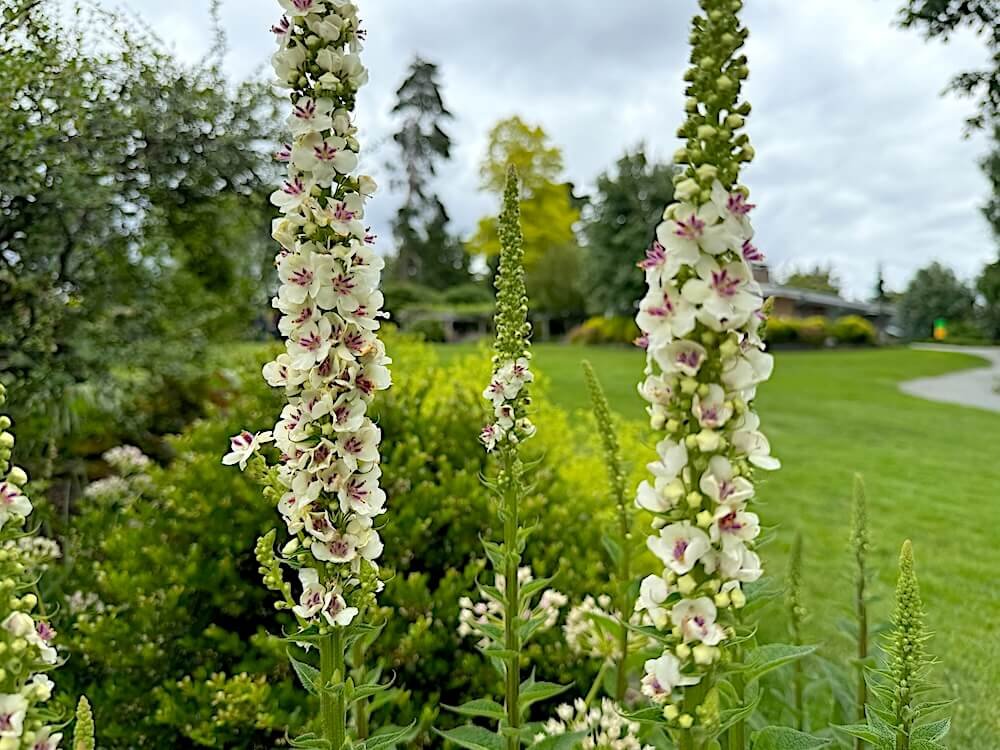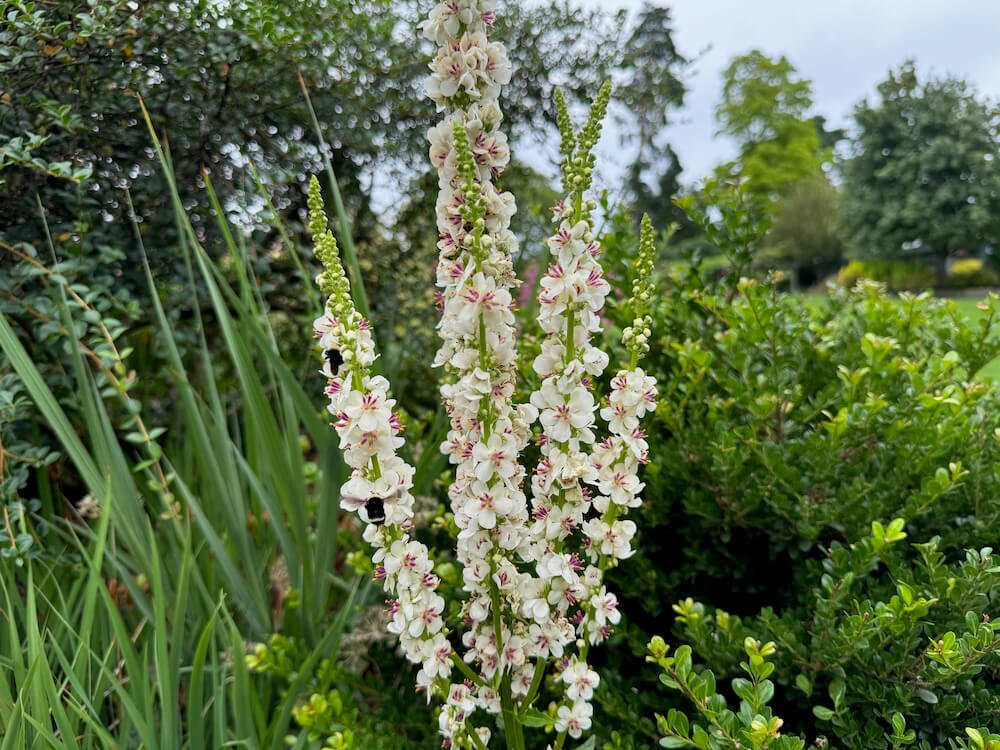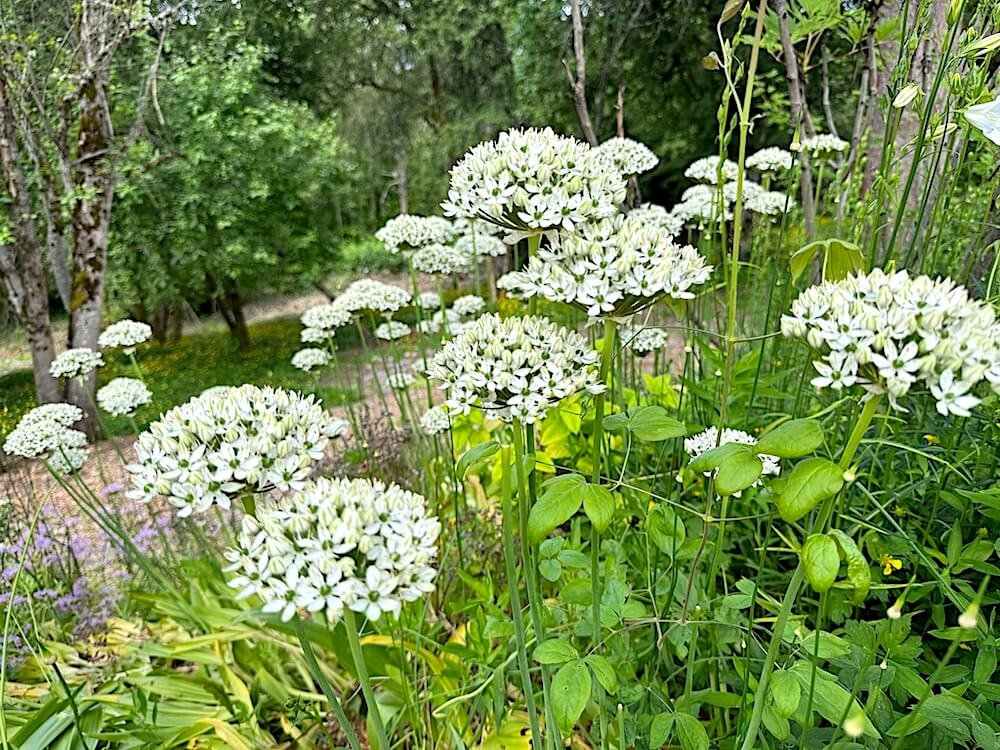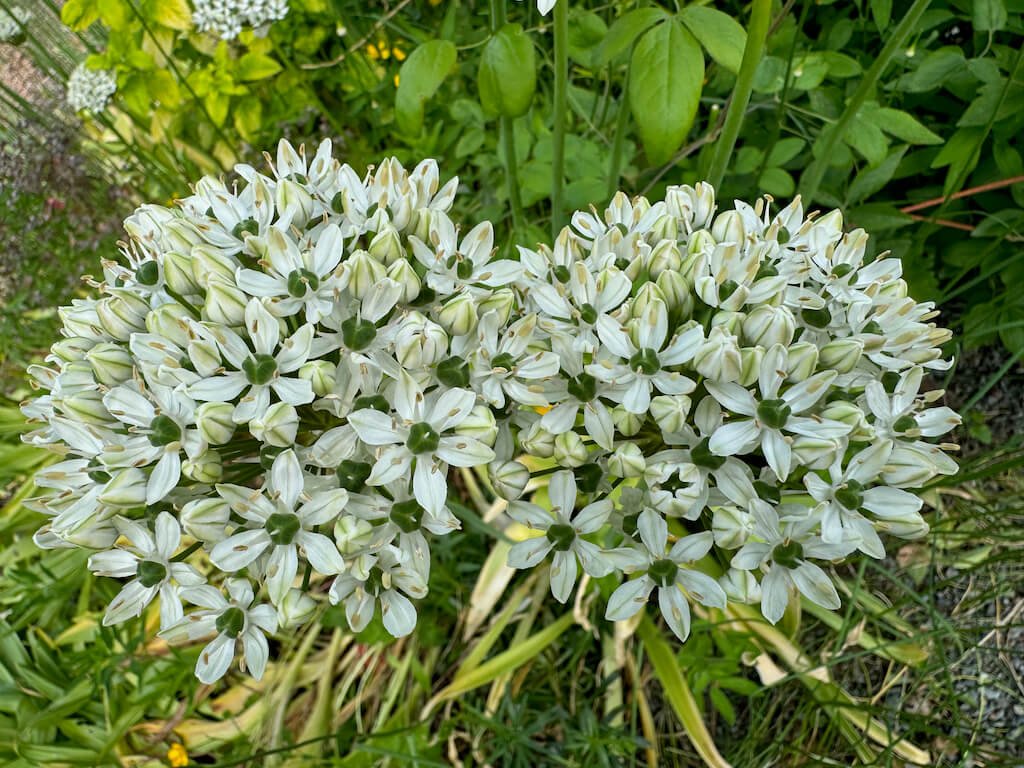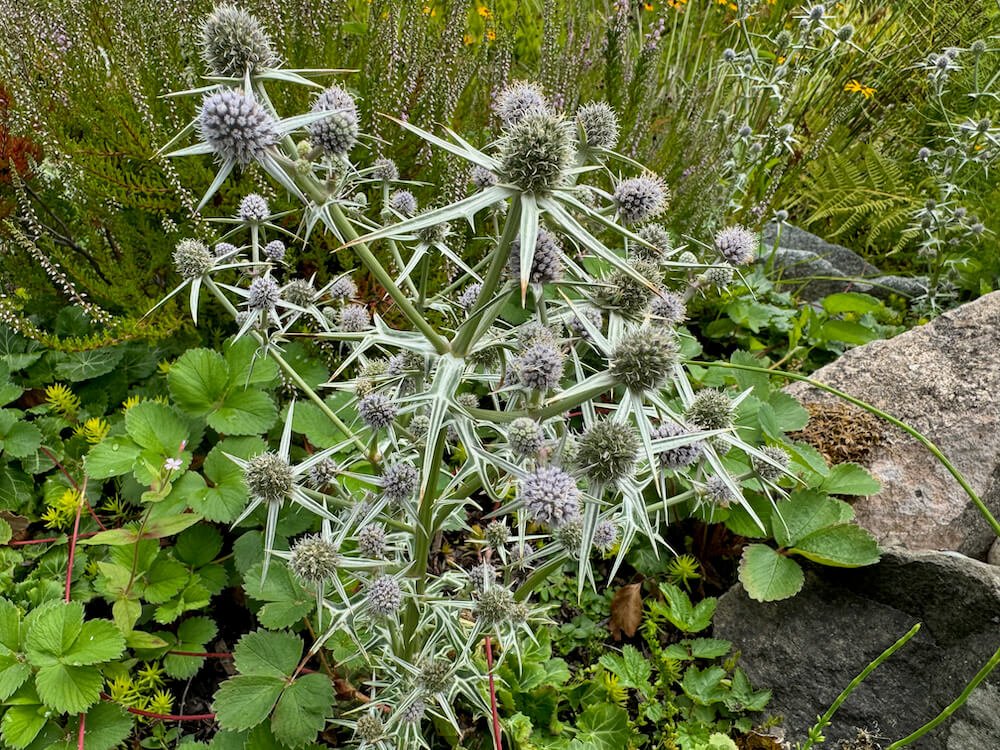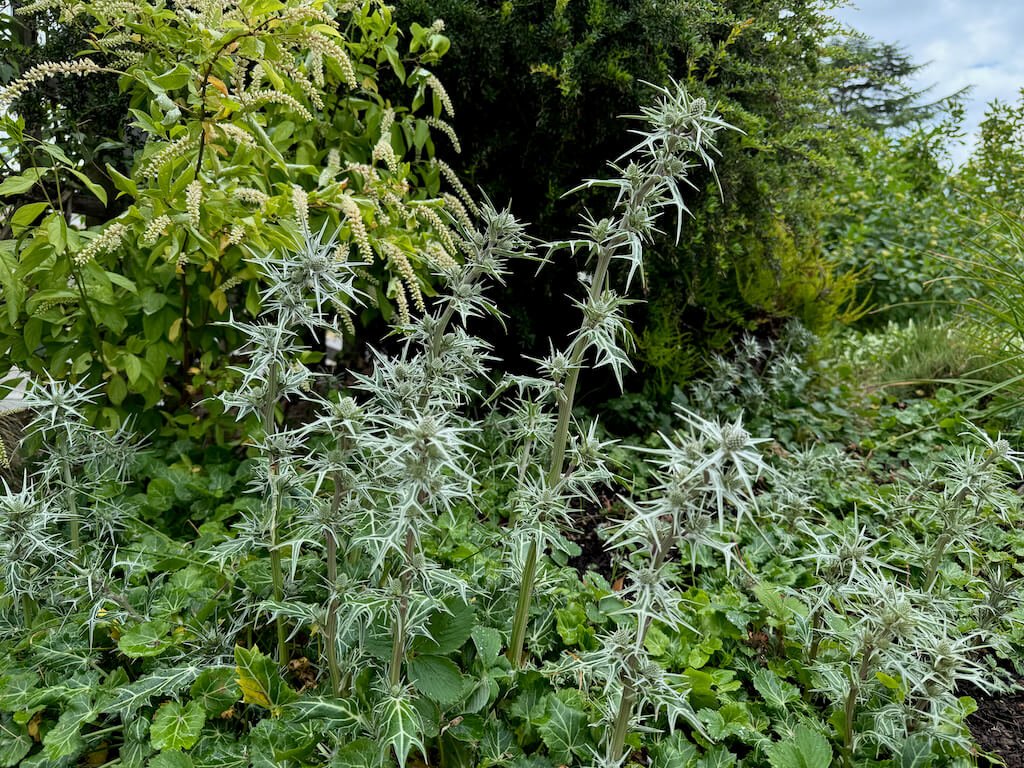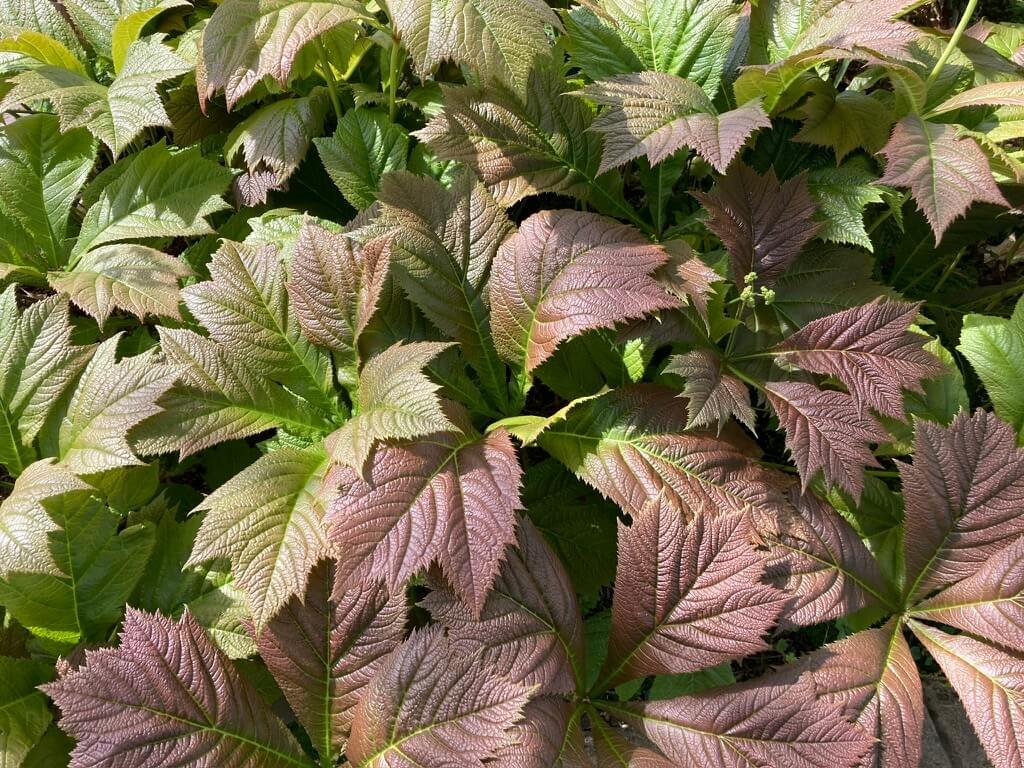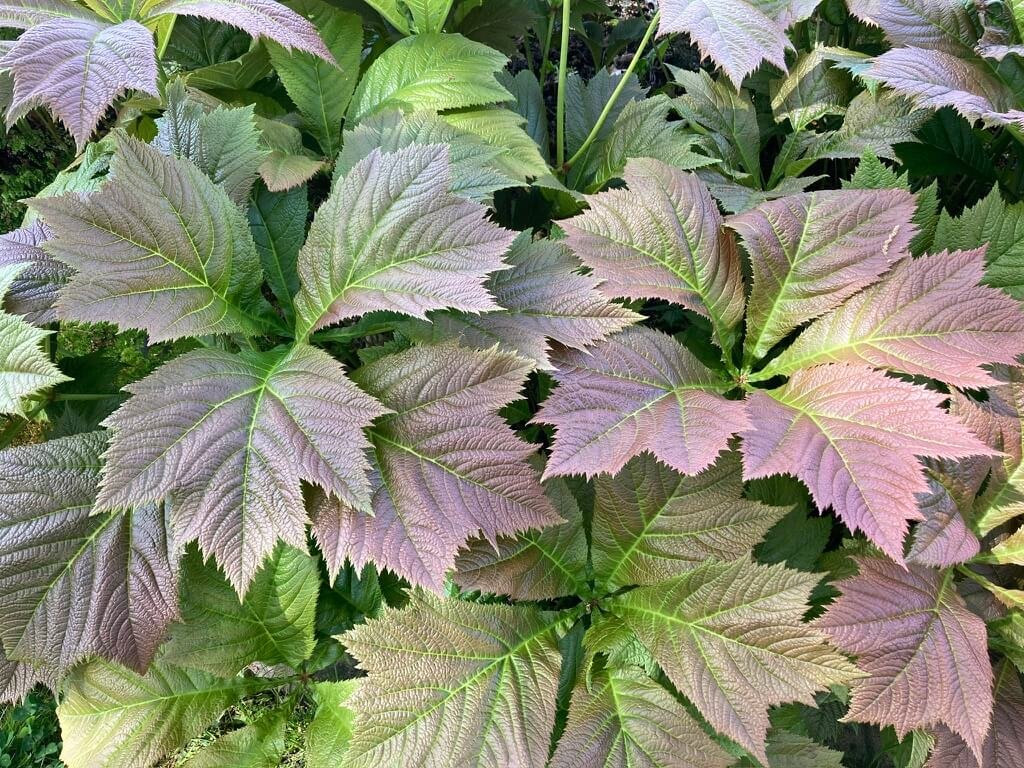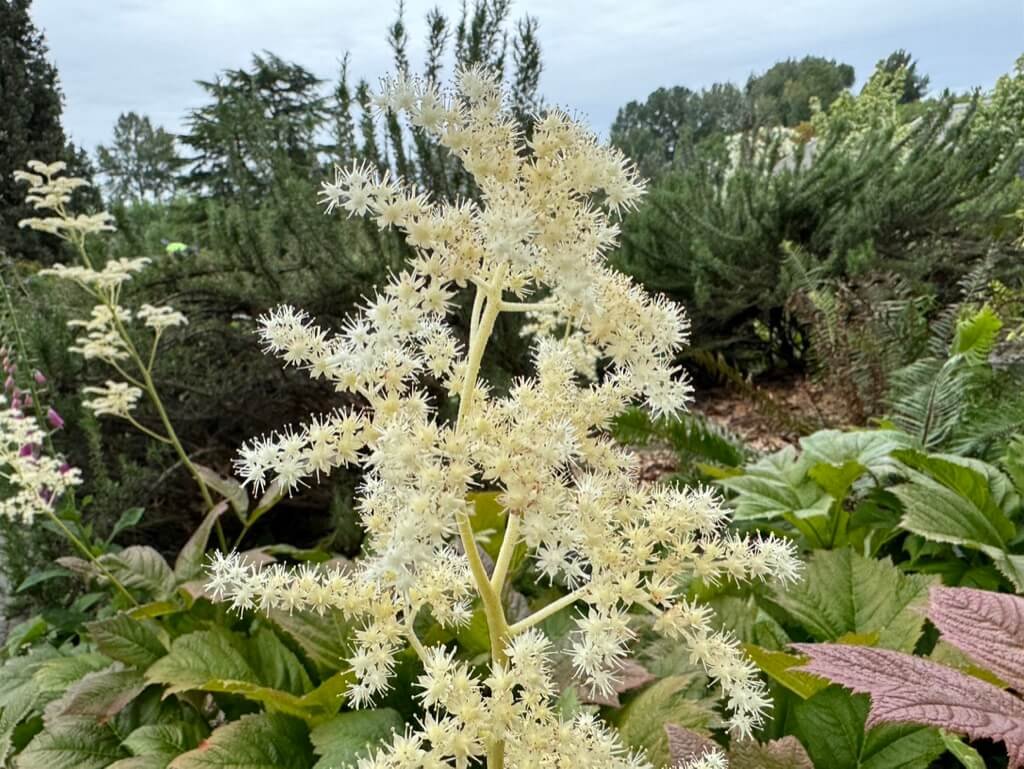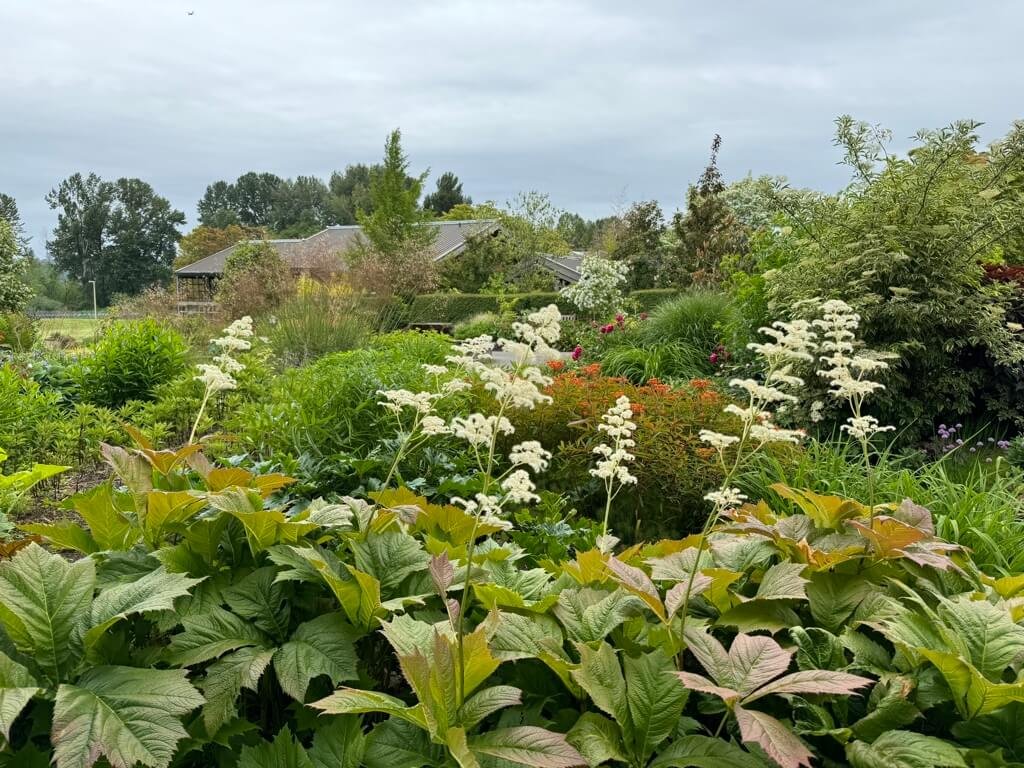DESCRIPTION
Paeonia obovata var. willmottiae is a woodland peony native to the shaded, mountainous forests of central China, including the Qinling Range, and parts of Japan. It blooms in spring with single, white to cream cup-shaped flowers and a vibrant display of golden stamens often tipped with purple-red filaments. The blooms are mild-scented, and leaves emerge with a reddish flush before maturing to deep green. After flowering, the plant forms distinctive seed pods that ripen into bold red structures.
First described in 1916 based on plants grown from seeds collected in China by Ernest Henry Wilson, this tetraploid form is identifiable by its densely hairy leaf undersides and robust habit. Deer-resistant and naturally adept at self-seeding, this variety integrates well into woodland settings and shaded garden borders. Its combination of elegant early-season flowers, decorative foliage, and bold seed pods makes it a standout choice for multi-season woodland charm.
DESCRIPTION
Paeonia obovata var. willmottiae is a woodland peony native to the shaded, mountainous forests of central China, including the Qinling Range, and parts of Japan. It blooms in spring with single, white to cream cup-shaped flowers and a vibrant display of golden stamens often tipped with purple-red filaments. The blooms are mild-scented, and leaves emerge with a reddish flush before maturing to deep green. After flowering, the plant forms distinctive seed pods that ripen into bold red structures.
First described in 1916 based on plants grown from seeds collected in China by Ernest Henry Wilson, this tetraploid form is identifiable by its densely hairy leaf undersides and robust habit. Deer-resistant and naturally adept at self-seeding, this variety integrates well into woodland settings and shaded garden borders. Its combination of elegant early-season flowers, decorative foliage, and bold seed pods makes it a standout choice for multi-season woodland charm.





